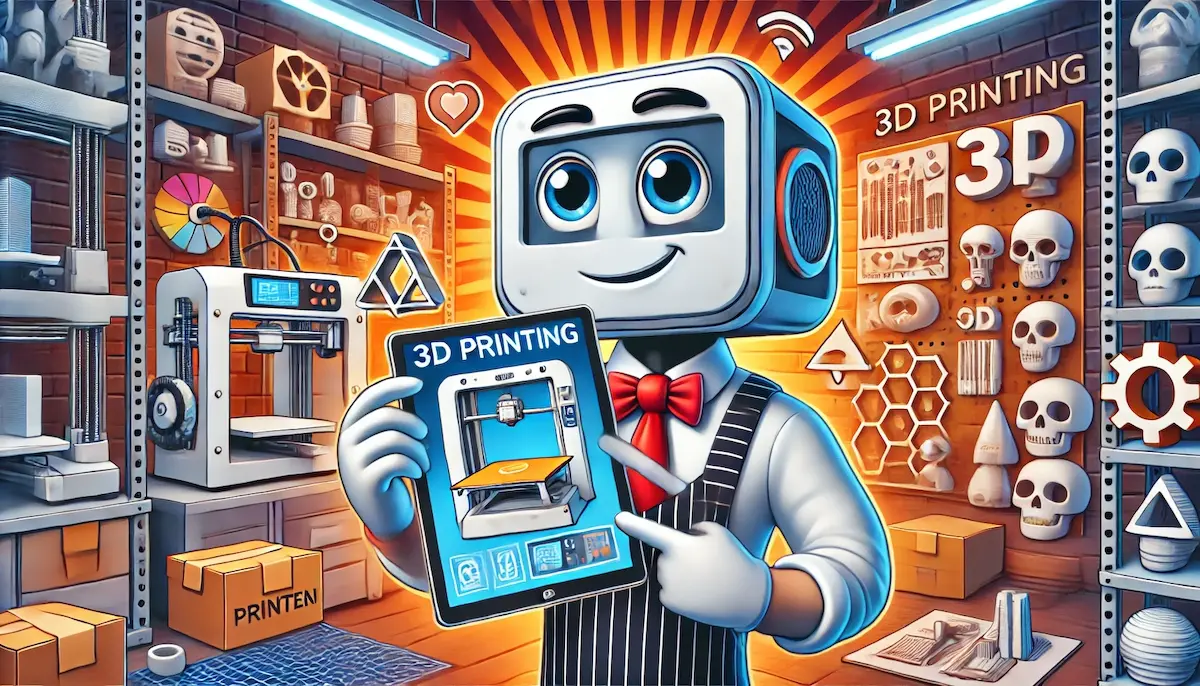3D printing, also known as additive manufacturing, is a revolutionary technology that allows for the creation of three-dimensional objects from digital models. By building objects layer by layer, 3D printing enables unprecedented design flexibility, rapid prototyping, and the production of complex geometries that are difficult or impossible to achieve with traditional manufacturing methods. This article will delve into the key aspects of 3D printing, its significance, and its diverse applications across various industries.
What is 3D Printing?
3D printing is the process of creating physical objects from digital models by adding material layer by layer. This technology uses various materials such as plastics, metals, ceramics, and composites. The process begins with a digital 3D model, typically created using computer-aided design (CAD) software. The model is then sliced into thin horizontal layers, which the 3D printer builds sequentially until the final object is formed.
Importance of 3D Printing
Enhances Design Flexibility
3D printing allows for the creation of intricate and complex designs that are challenging to produce with traditional manufacturing methods. Designers can experiment with innovative shapes and structures, enabling more creative and functional products.
Speeds Up Prototyping
3D printing significantly accelerates the prototyping process. Designers and engineers can quickly produce prototypes to test form, fit, and function, allowing for rapid iteration and refinement of designs. This reduces the time and cost associated with bringing new products to market.
Reduces Waste
Traditional manufacturing processes often involve subtractive methods, which cut away material from a larger block, leading to waste. In contrast, 3D printing is an additive process, using only the material necessary to build the object. This results in minimal waste and more sustainable production.
Enables Customization
3D printing allows for the customization of products to meet specific customer needs. This capability is especially valuable in industries like healthcare, where personalized medical devices and implants can significantly improve patient outcomes.
Supports On-Demand Production
3D printing facilitates on-demand production, reducing the need for large inventories and storage space. Manufacturers can produce parts as needed, leading to cost savings and more efficient supply chain management.
Applications of 3D Printing
Healthcare
In healthcare, 3D printing is used to create custom prosthetics, implants, and surgical tools. It enables the production of patient-specific models for preoperative planning and training, improving surgical outcomes and reducing recovery times.
Aerospace
The aerospace industry leverages 3D printing to produce lightweight and complex components that enhance performance and fuel efficiency. Parts such as engine components, brackets, and ducts are commonly 3D printed to meet stringent performance and safety standards.
Automotive
In the automotive sector, 3D printing is used for rapid prototyping, tooling, and the production of end-use parts. It allows manufacturers to quickly iterate on designs, produce custom parts, and reduce the lead time for new product development.
Consumer Goods
3D printing enables the creation of customized and unique consumer products, from fashion accessories and footwear to home decor and electronics. This technology allows designers to bring innovative and personalized products to market quickly.
Education
Educational institutions use 3D printing to enhance learning in science, technology, engineering, and mathematics (STEM) fields. Students can design and print physical models, gaining hands-on experience and a deeper understanding of theoretical concepts.
Conclusion
3D printing is a transformative technology that offers numerous benefits, including enhanced design flexibility, rapid prototyping, reduced waste, customization, and on-demand production. Its applications span across various industries, from healthcare and aerospace to automotive and consumer goods. By leveraging 3D printing, organizations can drive innovation, improve efficiency, and create new opportunities for growth. Blockfine thanks you for reading and hopes you found this article helpful.
